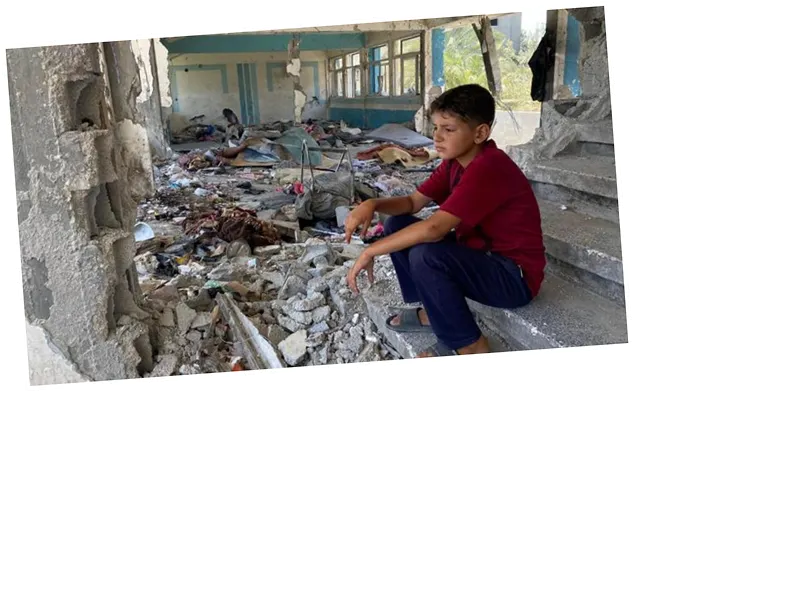Life Under Siege: Palestinians in Northern Gaza Describe Horror
Residents of the northern Gaza Strip have likened their daily existence to a "real horror movie" as relentless Israeli bombardments continue to devastate the region. Following a ceasefire agreement between Israel and Hezbollah, the situation remains dire, with civilians trapped in a cycle of fear and uncertainty. Umm Ahmed Labad, a 52-year-old resident of Beit Lahia, expressed the overwhelming anxiety felt by many, stating, "We are afraid to leave the house. We will leave when the (Israeli) army asks us to, as it did in the surrounding neighborhoods, but we do not know exactly where we will go."
The humanitarian crisis is exacerbated by soaring food prices and a lack of essential supplies. Abu Muhammad al-Madhoun, 55, highlighted the extreme cost of basic goods, noting that a kilo of tomatoes now costs about $60. The World Health Organization has raised alarms about the severe shortages of medicine, food, fuel, and shelter affecting the entire Gaza Strip, particularly its northern regions. Dr. Hussam Abu Safia, director of Kamal Adwan Hospital, reported ongoing shelling near the facility, which has resulted in injuries to medical staff and further complicates the delivery of care. Only two hospitals in northern Gaza are partially operational, with many others damaged or destroyed during the conflict.
The United Nations Relief and Works Agency for Palestine Refugees (UNRWA) has reported that the ongoing military operations have displaced approximately 130,000 people, leaving an estimated 65,000-75,000 individuals in increasingly desperate conditions. The situation has led to a staggering death toll, with reports indicating over 44,000 fatalities since the escalation of violence began on October 7. The humanitarian crisis continues to deepen, with urgent calls for international assistance and intervention.





